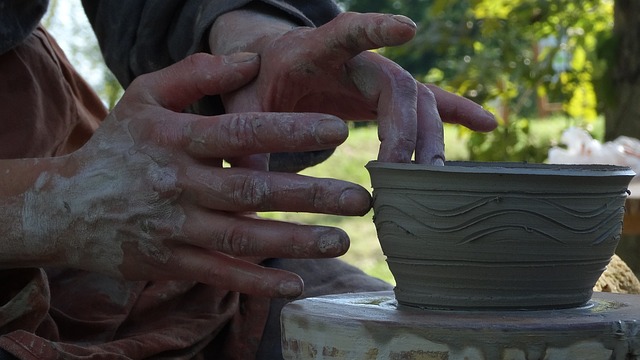As summer is fast approaching, it’s time to think about your travel plans. While city travel is always fun, getting out into the countryside and enjoying some beautiful hiking trails can really make for a relaxed, less expensive trip. Here are a few of the many trails covered in a recent article on CNN that just might peak your interest.

- Karhunkierros Trail, Finland: Stretching 82 kilometers through Finnish Lapland, this trail offers a wilderness experience in Oulanka National Park, populated with wildlife and lush forests, best explored during the bright summer nights.
- King Charles III England Coastal Path: Spanning 4,300 kilometers, this extensive trail covers diverse landscapes from Cornwall’s cliffs to the serene vistas of Suffolk and Norfolk, suitable for short and long hikes.
- John Muir Way, Scotland: This 215-kilometer coast-to-coast trail passes through Loch Lomond and the Trossachs National Park, celebrating John Muir’s environmental legacy.
- Apuseni Mountains, Romania: A four-day hike through these majestic mountains offers encounters with wildlife and a traditional Romanian cultural experience.
- The Camino Frances, France and Spain: The most popular route of the Camino de Santiago, this pilgrimage trail spans from St. Jean in France to Santiago in Spain, rich in historical and spiritual significance.
- Engadine Panorama Trail, Switzerland: A 55-kilometer trail in southeastern Switzerland, ideal for beginners and those seeking less strenuous routes through picturesque Alpine landscapes.
- Rota Vicentina Fishermen’s Trail, Portugal: A 225-kilometer path along the Atlantic coast, offering a unique perspective on Portugal’s natural beauty.
- Laugavegur Hiking Trail, Iceland: Open from July to September, this 55-kilometer trail showcases Iceland’s unique volcanic landscapes and geothermal springs.
These hikes provide a perfect blend of exercise, peace, and connection to some of Europe’s most stunning natural environments.





